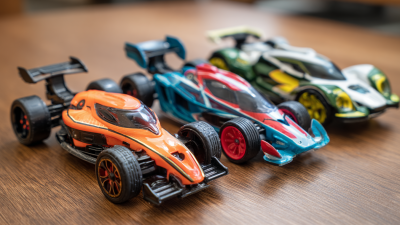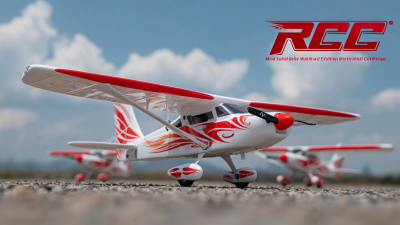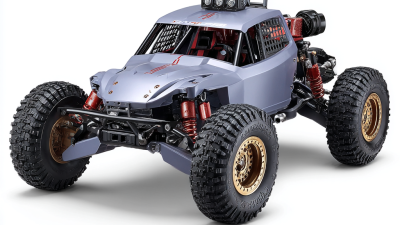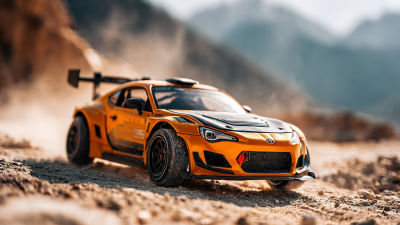In an era where technology seamlessly merges with play, Remote Control Toy Cars have emerged as a favorite among children, providing not just entertainment but also essential developmental benefits. According to a recent industry report by Statista, the global market for remote control toys is projected to reach $14.24 billion by 2025, highlighting a growing interest among parents seeking engaging and interactive toys for their kids. Remote control toy cars, in particular, not only stimulate imaginative play but also enhance fine motor skills and hand-eye coordination, making them an ideal choice for parents. With a plethora of options available, it is crucial for caregivers to understand what factors to consider when selecting the best remote control toy car that aligns with their child’s age, interests, and safety requirements. This guide aims to simplify the selection process, ensuring that your investment brings both joy and developmental value to your child's playtime.
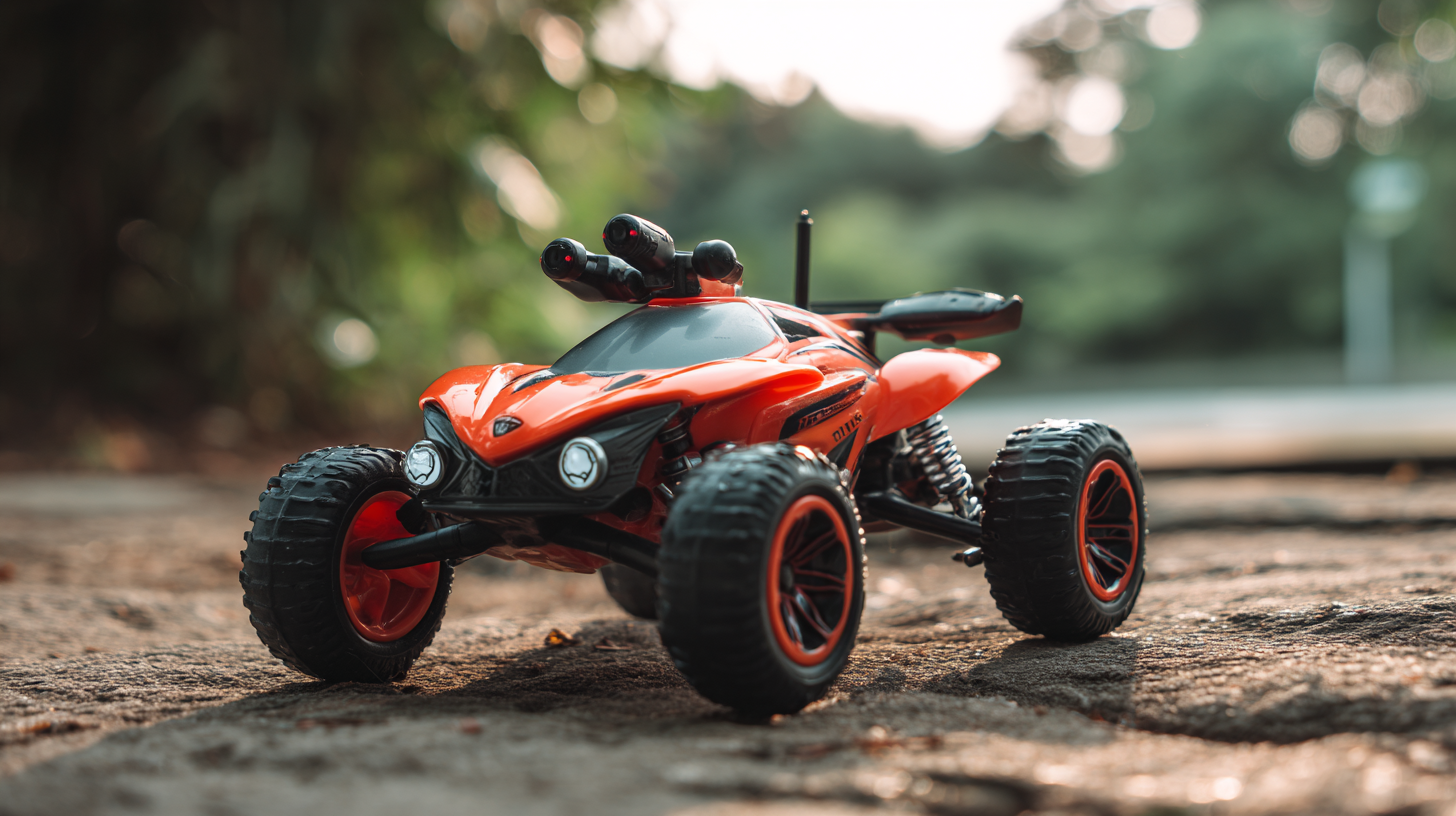
When selecting a remote control toy car for your children, there are several important factors to consider to ensure you choose the best option. First, age appropriateness plays a critical role. According to a 2021 report by the Toy Association, 56% of parents prioritize age recommendations when purchasing toys, emphasizing that certain features, such as speed and complexity, may not be suitable for younger children. For instance, cars designed for toddlers should focus on simplicity and durability, while older kids might enjoy more advanced models equipped with intricate controls and higher speeds.
Another key factor is the car's durability and safety features. The American Society for Testing and Materials (ASTM) outlines safety standards for toy cars, including materials free from hazardous substances and designs that prevent injury. As parents are increasingly conscious of safety—reflected in a 2022 survey where 70% of parents expressed concern over toy safety—it’s crucial to choose a model that meets these standards. Moreover, features like rechargeable batteries, which are now prevalent in many modern models, not only enhance the overall lifespan of the toy car but also contribute to its environmental friendliness, aligning with growing parental concerns regarding sustainability.
When selecting a remote control toy car for your kids, understanding the different types available can greatly enhance your purchasing decision. The market offers a variety of options, including on-road and off-road cars, each designed for specific environments. On-road cars are typically faster and built for smooth surfaces, making them ideal for racing on pavements and flat tracks. In contrast, off-road vehicles are equipped with durable tires and robust suspension systems, allowing them to navigate rough terrains, making them suitable for outdoor adventures in parks or gardens.
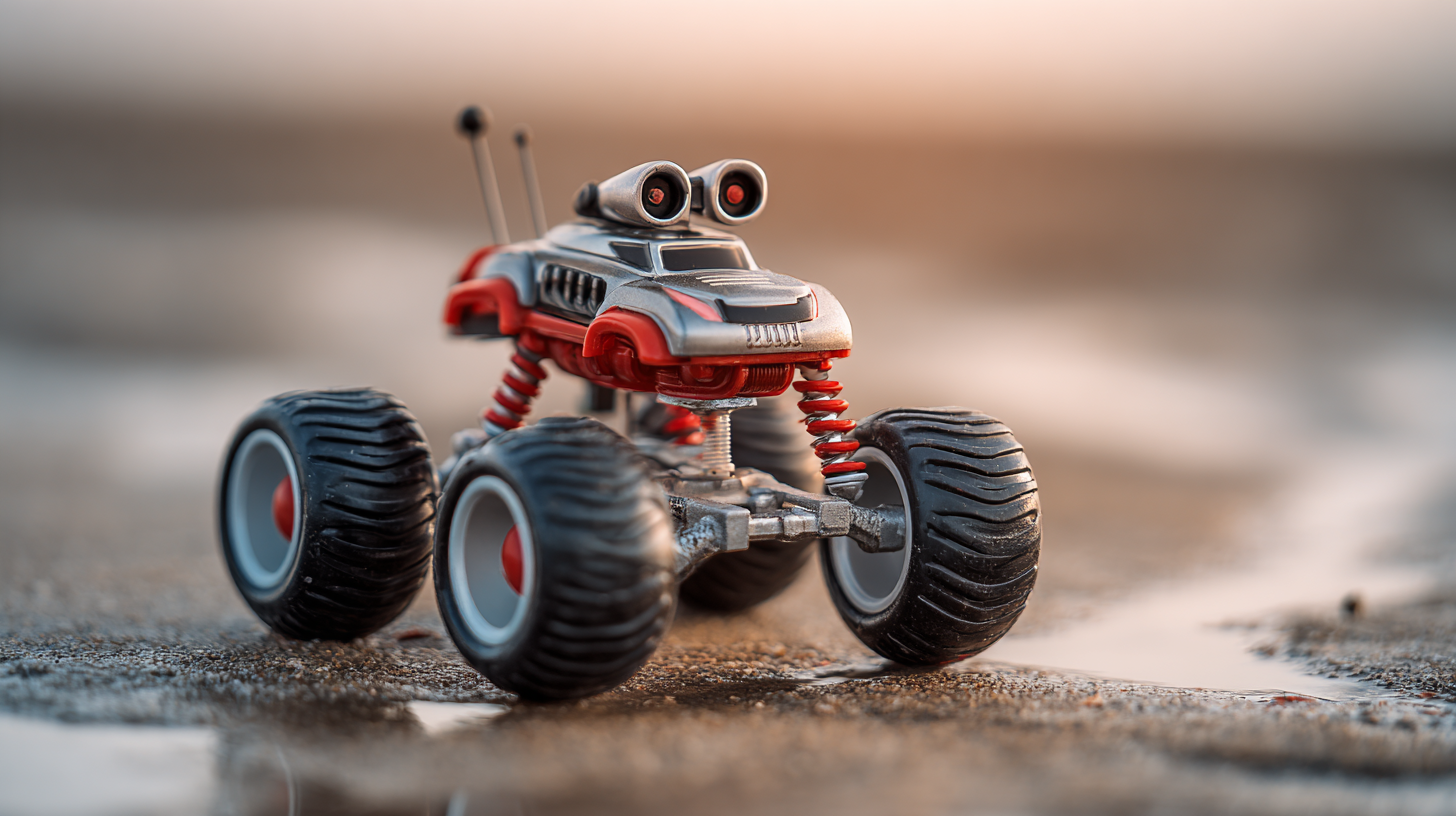
Another crucial distinction lies in the size and type of power source. Remote control cars can vary from small, compact models that are easy to handle for younger children to larger, more complex vehicles that may require advanced skills to operate. Additionally, power sources range from rechargeable batteries to disposable ones, each with its own advantages. Parents should consider the maintenance and longevity of the car, as well as the ease of use, to ensure a fun and enjoyable experience for their young drivers.
When selecting a remote control (RC) car for your child, age appropriateness is a crucial factor to consider. Younger children, typically aged 3 to 6, benefit from simpler designs. Toy cars with straightforward controls and sturdy construction are ideal for this age group, as they are learning hand-eye coordination and fine motor skills. Look for models that can withstand bumps and drops, as children in this age range are often prone to accidents while playing.
As children grow, their preferences and abilities change, allowing for more advanced features. For kids aged 7 to 10, consider RC cars that offer enhanced functionalities, such as speed adjustments, maneuverability, and even the ability to perform tricks. At this stage, children are developing their problem-solving skills and would enjoy the challenge of navigating a more complex vehicle. It's essential to strike a balance between fun and safety, ensuring that the features are age-appropriate while providing a stimulating experience that promotes their cognitive and physical development.
When selecting the best remote control toy car for your kids, it is essential to focus on key features that enhance the overall experience. One of the primary factors to consider is the car's durability. Children tend to be rough with their toys, so a sturdy construction with shock-resistant materials will ensure that the car can withstand inevitable bumps and crashes. Additionally, look for external features such as waterproofing, which can allow for outdoor fun even in moist environments.
Another critical aspect is the car's battery life and charging time. Opt for models that offer longer playtime to keep the excitement going without frequent interruptions. Fast charging capabilities can be a bonus, reducing downtime when the fun needs to be quickly resumed. Moreover, consider the radio frequency range of the remote control; a longer range provides more freedom for your child to explore different terrains. Lastly, incorporating adjustable speed settings can cater to varying skill levels, making it a suitable choice for younger children while still enjoyable as they grow.
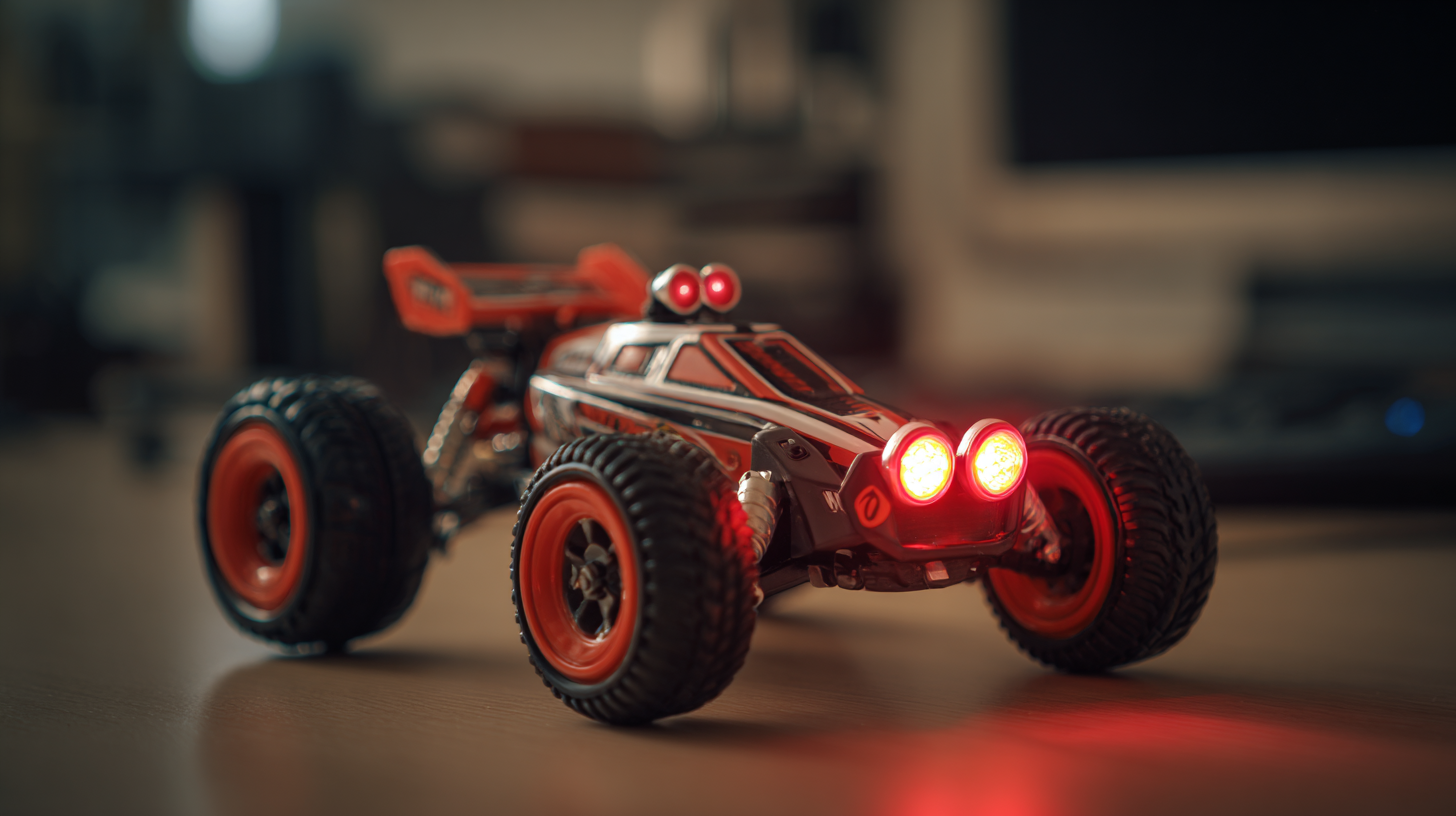
When considering a remote control toy car for your kids, budgeting plays a crucial role in ensuring you find the perfect balance between quality and affordability. Industry reports suggest that parents can expect to spend anywhere from $20 to $200 depending on the features and size of the car. According to a 2023 market analysis by Statista, the average price of a quality remote control car is about $60, which provides a good starting point for parents.
In the low-end market, you can find simple models starting around $20, which are perfect for younger children or beginners. However, investing a bit more—around $50 to $100—can significantly enhance the experience with features like rechargeable batteries, sturdier designs, and better speed control. For advanced options, premium models often exceed $100, offering intricate functionalities such as Bluetooth connectivity and customizable features. Ultimately, setting a clear budget aligned with your child’s interest and experience level will help you make an informed decision while ensuring that your investment brings joy and longevity.
| Feature | Entry-Level ($50-$100) | Mid-Range ($100-$200) | High-End ($200+) |
|---|---|---|---|
| Speed | Up to 10 mph | Up to 20 mph | Up to 30 mph |
| Battery Life | 15-20 minutes | 30-40 minutes | 60+ minutes |
| Control Range | 30 feet | 100 feet | 200+ feet |
| Durability | Basic plastic | Moderate impact resistance | High-quality materials, waterproof |
| Customization Options | Limited | Moderate | Extensive |
| Age Recommendation | 3+ | 6+ | 10+ |

